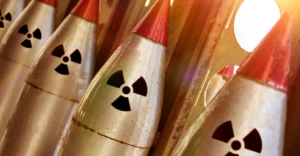
New Russian nightmare: Ukrainian Aero Azimuth system targets drone crews, not just UAVs
Countering enemy drones is one of the most important tasks in the Russian-Ukrainian war. The new Aero Azimuth reconnaissance system, which uses a balloon similar to a hot air balloon, could be a game-changer for Ukraine's Defense Forces. Most importantly, it doesn’t just help detect and destroy drones but targets their operators directly
What is Aero Azimuth?
The Aero Azimuth electronic surveillance system was introduced by the Ukrainian manufacturer Kvertus in September 2024. While ground-based versions of the Azimuth system were already in service with the Armed Forces of Ukraine, the latest version is now mounted on a flying platform. A balloon produced by the Ukrainian company Aerobavovna was used.
This detection system can locate drone controllers from several tens of kilometers away.
"The main task of the complex, called Aero Azimuth, is to pinpoint the location of enemy drone crews for targeting and destruction," explains the Militarnyi portal.
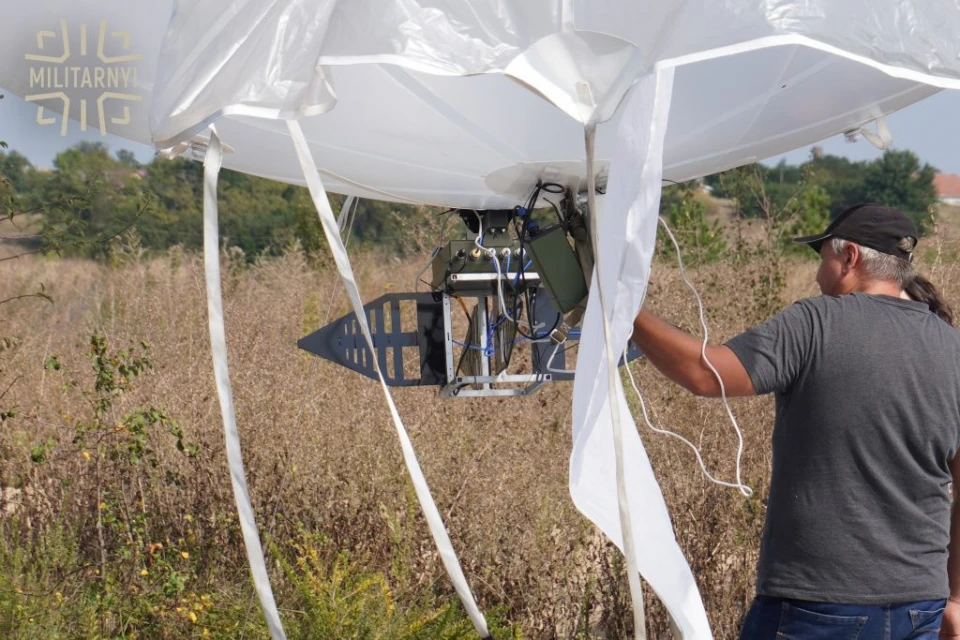
Instead of focusing on shooting down drones, the Ukrainian military can now hunt more valuable targets - the drone operators and their crews. Properly training a drone operator is far more costly and time-consuming than replacing a drone, making this approach highly effective.
How balloons are used in war
During the Anti-Terrorist Operation in Donbas, the Ukrainian Armed Forces maintained a unit dedicated to ballooning, though the use of these devices was less common compared to other leading militaries, according to Yurii Vysoven, co-founder of the Aerobavovna project.
"Initially, the Defense Forces purchased British-made balloons for their needs, but they soon began developing their own. Aerobavovna now produces balloons that support surveillance (reconnaissance), relay signals for drone control, and enhance communication signals. They have also been used to deliver explosives," Vysoven explained.
As of early 2024, there were around a hundred different Ukrainian-made balloons, continuously evolving from basic models to high-tech designs. Aerobavovna developed a special shape for these devices, as conventional balloons would be grounded in strong winds. The company’s design merges the properties of a balloon and a kite to enhance stability.
“Larger models are powered through wires running upwards, allowing them to operate for up to two weeks with refueling or battery changes from below,” Vysoven added. The aerostats can withstand wind gusts of up to 15 m/s and can carry payloads ranging from 4 to 25 kilograms.
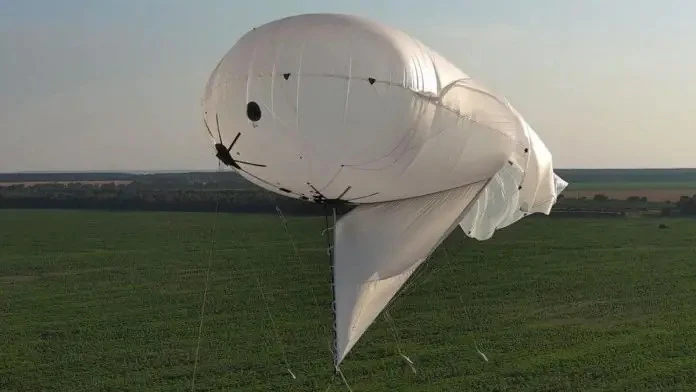
How Aero Azimuth works
The Aero Azimuth system includes a set of electronics, a balloon, a trailer with a winch for launching, a gas cylinder system for inflation, and tools for maintenance and repair. The system is recommended to be positioned about 9 kilometers from the front line, at low to medium altitudes. While this might seem close, the passive nature of the system makes it detectable only through optical reconnaissance, which is quite challenging at that distance.
“Aero Azimuth uses electromagnetic signal intelligence (SIGINT) to detect and locate radio frequency signals emitted by drone operators to control their aircraft. This includes signals for communication, telemetry, and data links,” explains Steve Brown, a former munitions specialist and bomb disposal officer. “The information collected by Azimuth can be relayed in real-time to units that can then take action against the drone operators.”
The optimal operating height for Aero Azimuth balloons is between 300 and 700 meters. At these altitudes, the system can detect targets up to 60 kilometers away and accurately triangulate positions at distances of 24-30 kilometers.
The combination of passive Azimuth equipment and the fabric of the balloon itself results in an extremely low radar signature. Additionally, because the Aero Azimuth remains relatively stationary, it’s difficult to detect through electronic means. However, enemy forces can still attempt to locate these systems using drones.
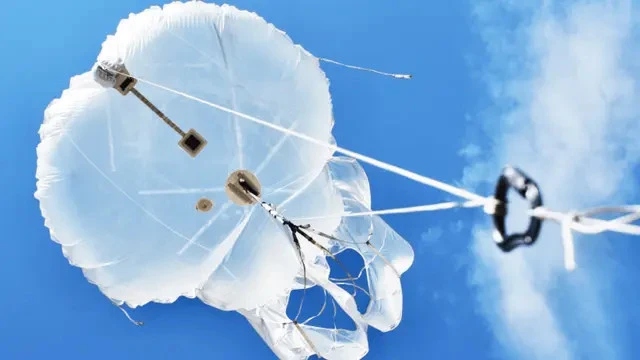
Technical specifications of Aero Azimuth:
- operating altitude: 300-700 meters
- payload capacity: up to 25 kg
- target detection range: up to 60 km
- accurate target position triangulation: 24-30 km
- deployment distance from the frontline: 9 km.
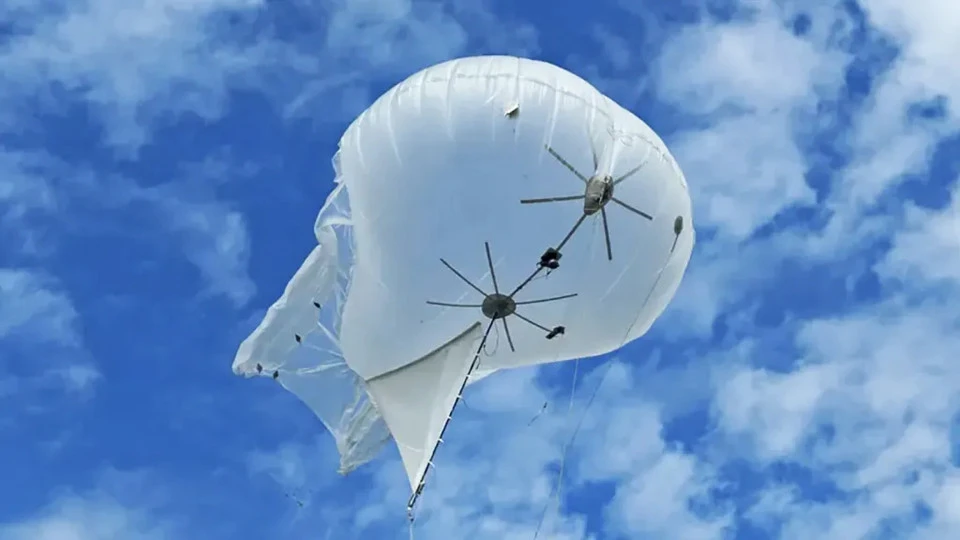
How Aero Azimuth will be used at the front
“The long flight time of balloons allows us to set up a relatively inexpensive and dense network for aerial electronic, radar, or optical reconnaissance and create signal repeater systems,” explains Militarnyi.
Using multiple Aero Azimuth systems alongside other sensors offers round-the-clock surveillance over a vast area. While Ukrainian forces can target individual drones, Russian forces still hold a numerical advantage in UAVs. By focusing on the drone operators or control hubs, Ukrainian forces can disrupt enemy tactics, forcing them to frequently change positions and limiting their drone operations.
Interestingly, the biggest threat to these balloons often comes from “friendly fire.” Due to the challenge of notifying all nearby units, Ukrainian balloons are sometimes mistakenly shot down by their own forces. However, Aerobavovna considers such incidents manageable, as the balloons lose pressure gradually and descend slowly, allowing the payload to be recovered. “If a drone crashes, it’s lost, but with a balloon, there’s a good chance of saving the equipment,” notes Yurii Vysoven, co-founder of Aerobavovna.
- Ukraine's Defense Ministry codified and authorized two Ukrainian-made grenades - analogs of the F-1 and RGD-5 - for military use.
- News







